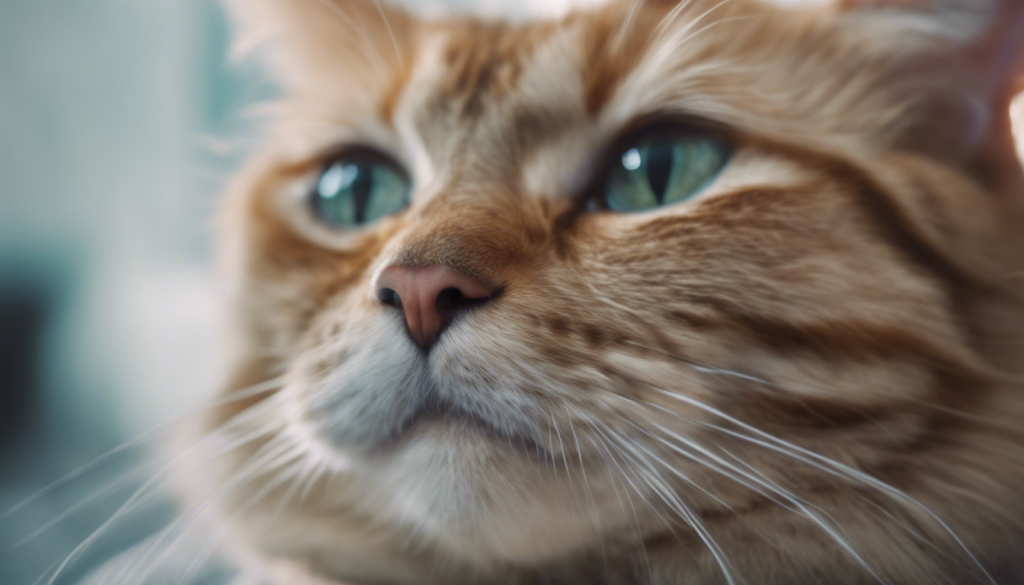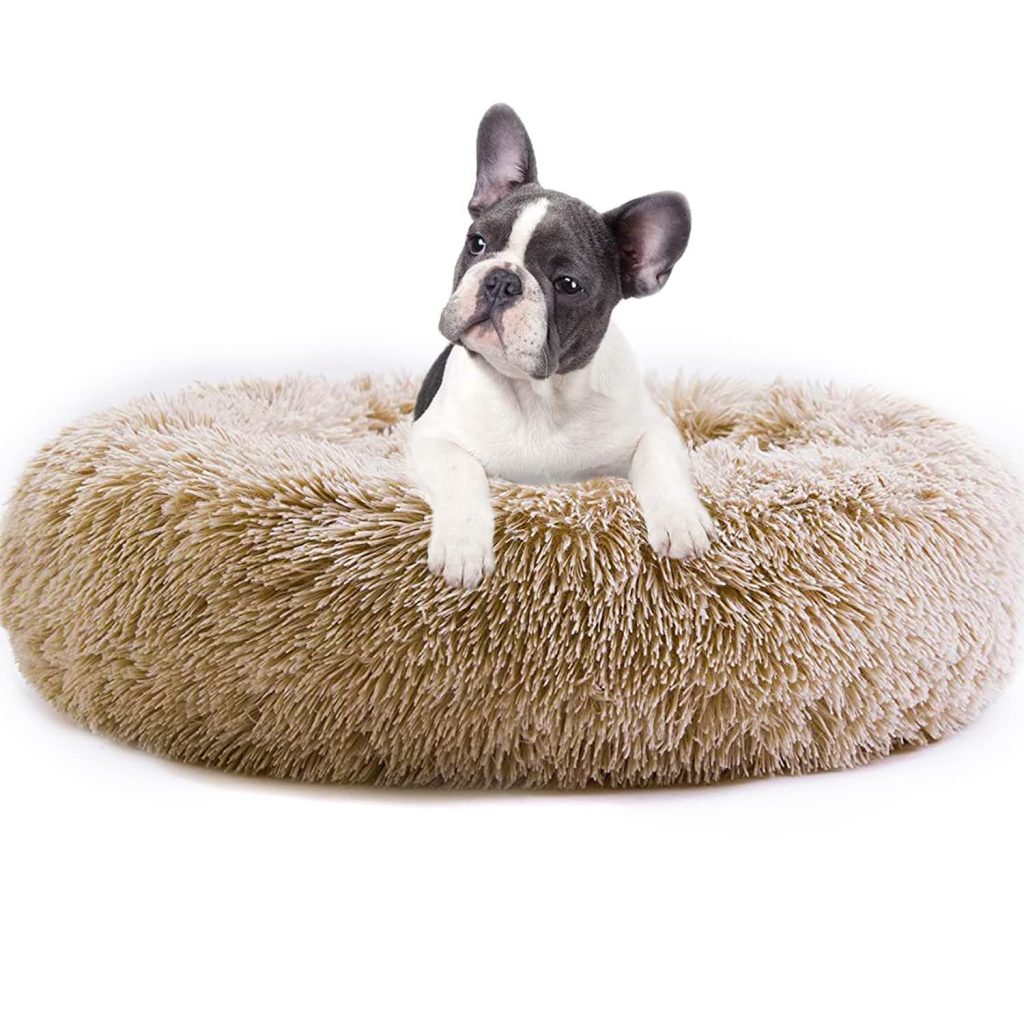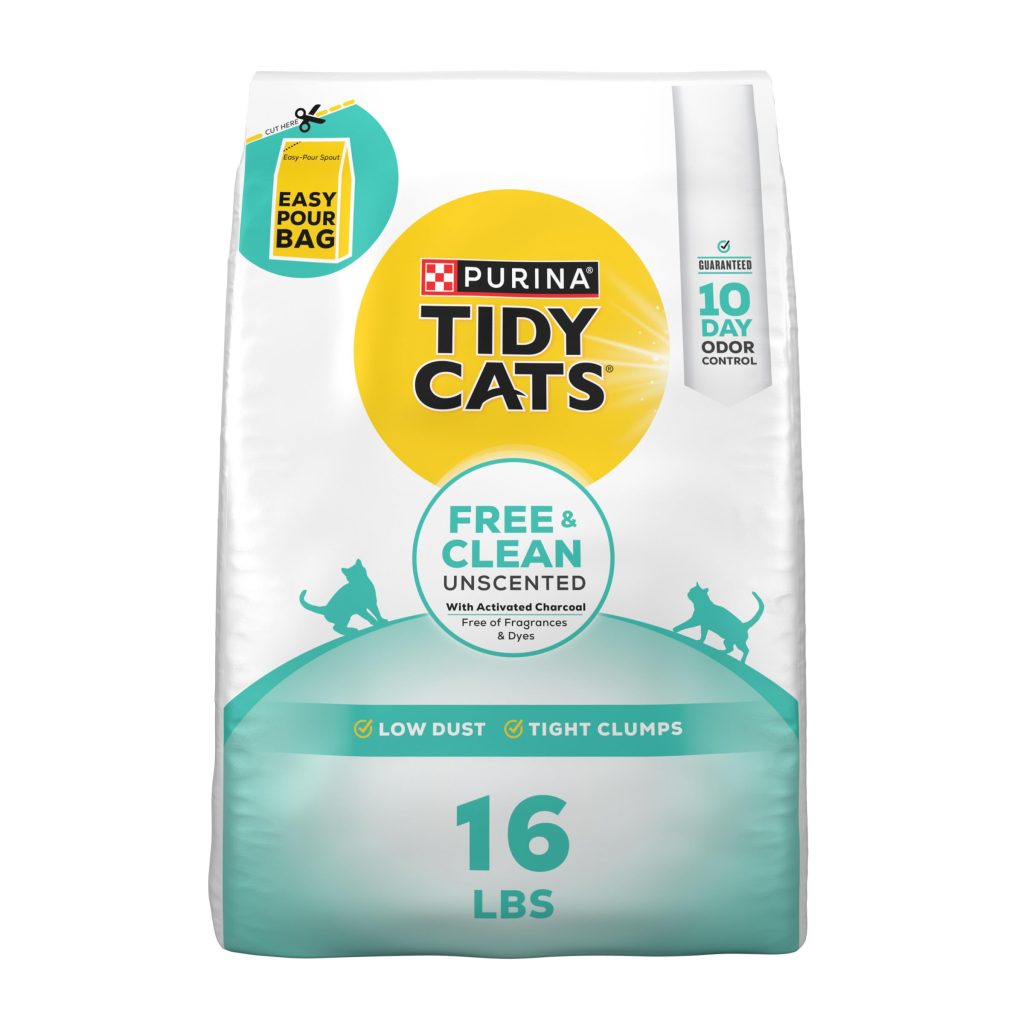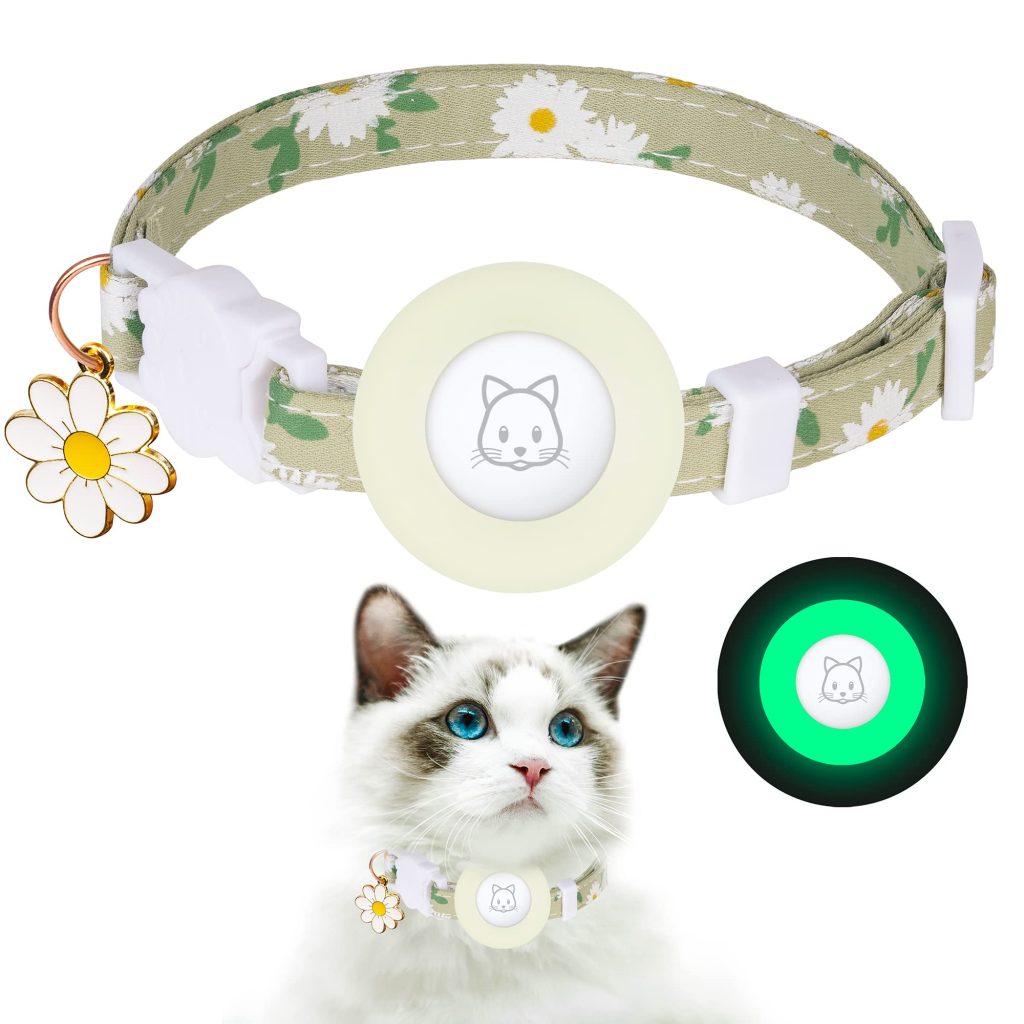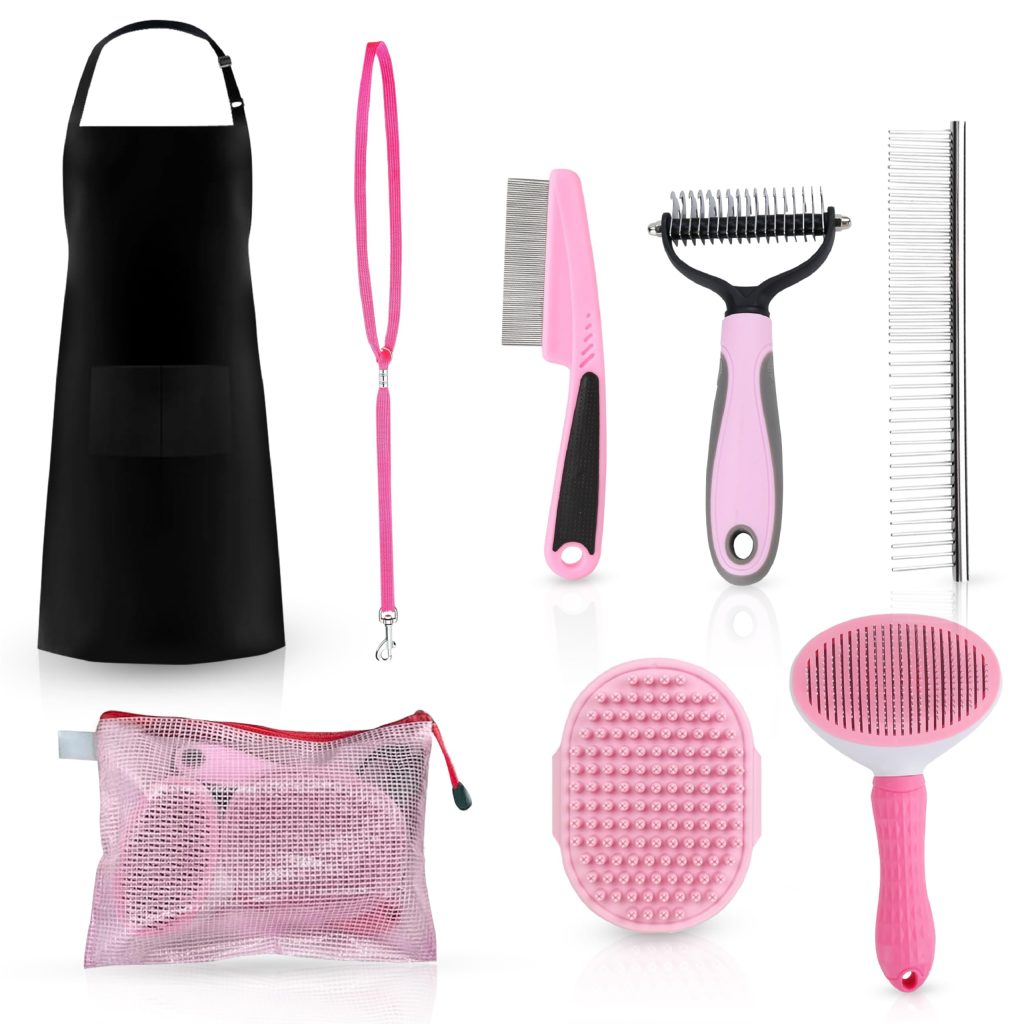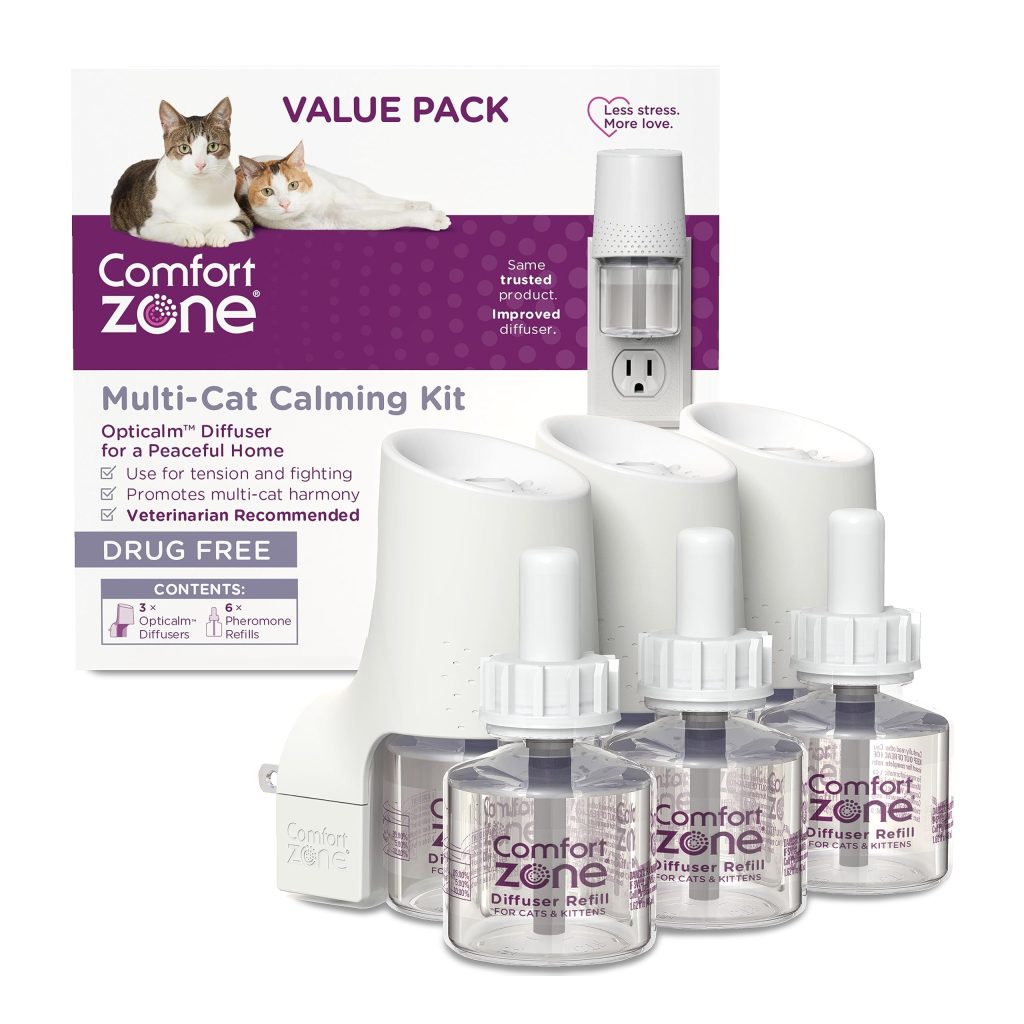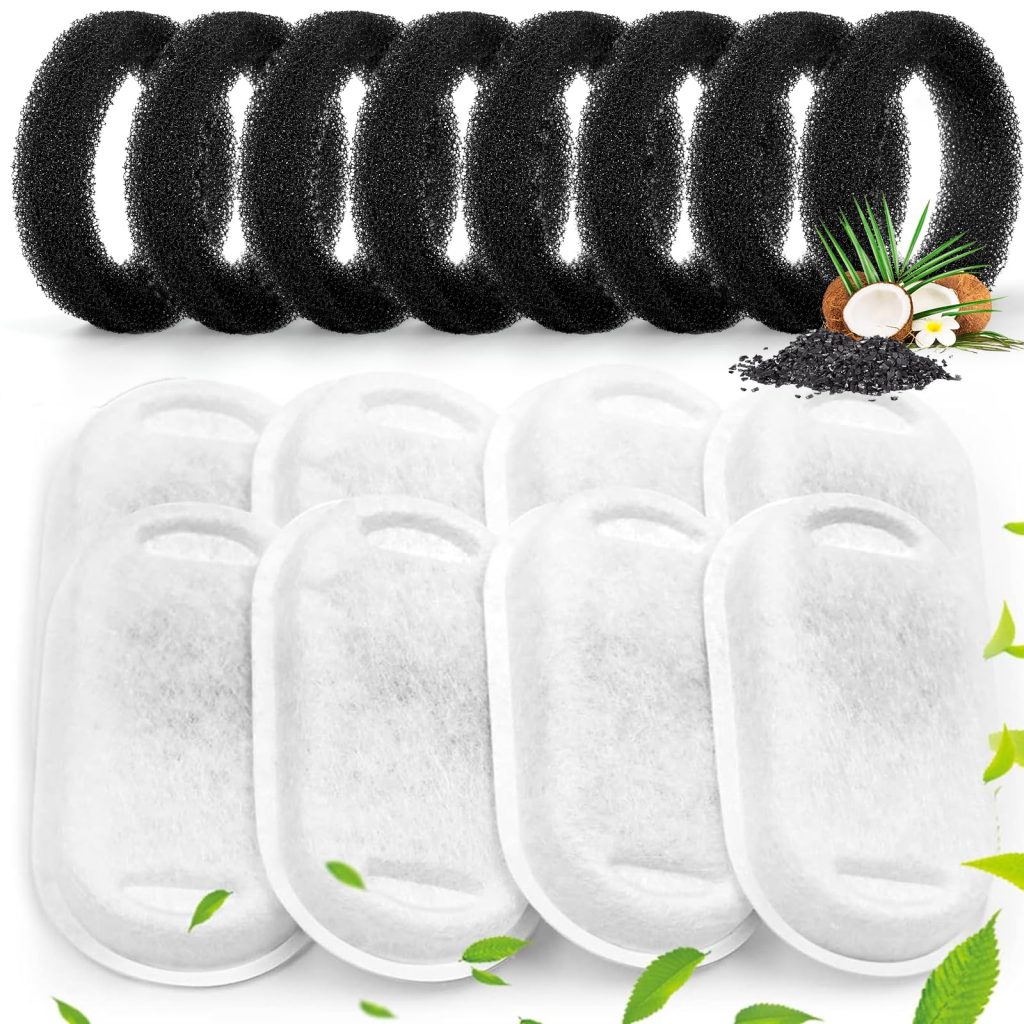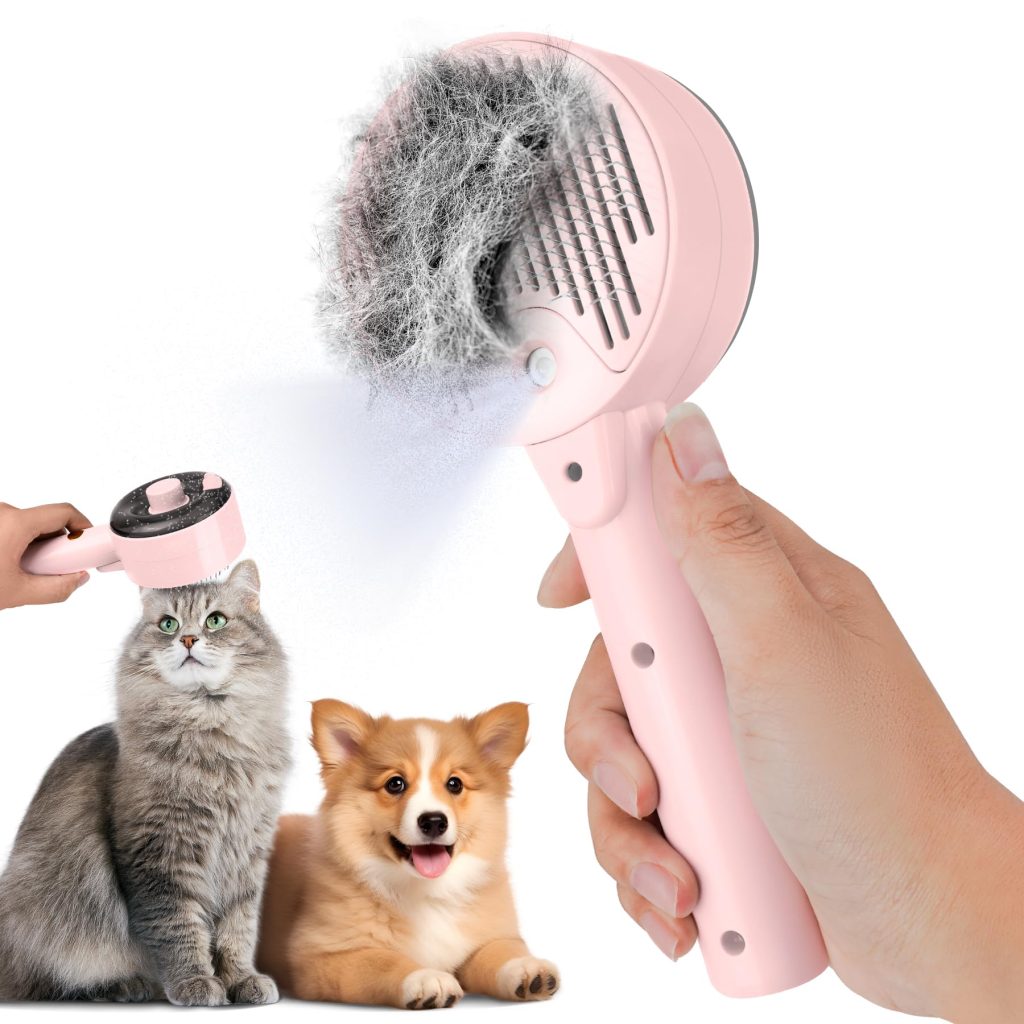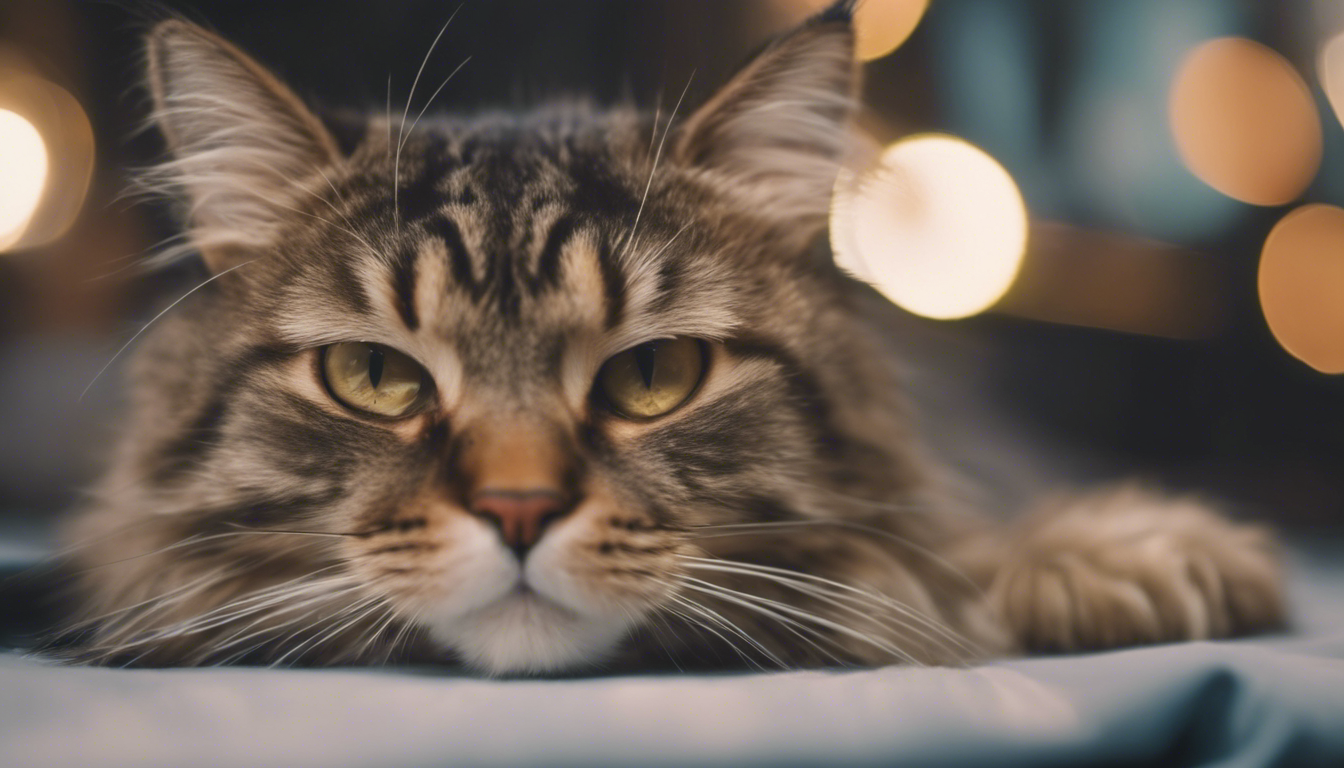
Having a cat as a pet can bring immense joy and companionship. As cat owners, it’s our responsibility to ensure their overall well-being—this includes proper grooming. An essential aspect of feline care is maintaining a healthy coat, ensuring it remains clean, shiny, and free from tangles or matting. In this article, we will explore various homemade solutions and effective grooming techniques for promoting a healthy cat coat.
Coat Care
Regular brushing plays a important role in maintaining a healthy cat coat. It removes loose fur, stimulates blood flow, and prevents matting. Different cat breeds have varying coat lengths and textures, requiring different types of brushes. For short-haired cats, a soft bristle brush or rubber grooming mitt helps in removing loose fur efficiently. Long-haired cats often benefit from a wide-toothed comb or slicker brush to remove tangles and prevent matting.
Adding a little coconut oil or shea butter to the brush can enhance the grooming experience while moisturizing the skin and coat. These natural ingredients help keep the fur soft and shiny, preventing dryness and dandruff.
TIP: Dedicate a regular grooming time for your cat, starting with short sessions and gradually increasing the duration as your cat becomes accustomed to the process. This creates a positive association with grooming and strengthens the bond between you and your feline friend.
Claw Maintenance
In addition to coat care, maintaining healthy claws is important for your cat’s overall well-being. Scratching is a natural behavior for cats, helping them stretch their muscles and mark their territory. Providing appropriate scratching surfaces is imperative to prevent damage to furniture and carpets. Cat trees, scratching posts, or corrugated cardboard scratchers are great alternatives.
To aid in claw maintenance, regularly trimming your cat’s claws is essential. Start by gently holding your cat’s paw and pressing on the pad beneath the claw to extend it. Use a pair of cat-specific nail clippers, ensuring you don’t cut into the sensitive quick. Cutting just the sharp tip is usually sufficient to prevent any accidental scratches while promoting optimal claw health.
TIP: If your cat is hesitant or fearful during claw trimming, try associating it with positive experiences such as treats or playtime. This helps create a stress-free environment and fosters cooperation.
Grooming Techniques
Cats are meticulous groomers themselves, but they may need assistance in hard-to-reach places or if they have health conditions that affect their grooming abilities. Grooming techniques such as spot cleaning, bathing, and managing sensitive areas are vital for a healthy cat coat.
Spot Cleaning: Accidents happen, and sometimes, cats may have dirty or stained fur. Spot cleaning using a damp cloth or pet-specific wipes helps remove dirt or debris without subjecting your cat to a full bath. Pay extra attention to areas such as the face, paws, and tail where grime tends to accumulate.
Bathing: While most cats do an excellent job of self-grooming, some circumstances may require bathing. Introduce your cat to bathing gradually, using lukewarm water and a gentle cat-specific shampoo. Avoid getting water in their ears, eyes, or nose. Gently massage the shampoo into the coat and rinse thoroughly. Towel dry your cat or use a low heat setting on a hairdryer to avoid overheating.
Managing Sensitive Areas: Cats may have sensitive areas that require special attention during grooming. These areas include the ears, eyes, and teeth. Regularly check and clean your cat’s ears using a pet-friendly ear cleaner and cotton ball. Wipe around the eyes with a damp cloth to remove any discharge. Lastly, regularly brush your cat’s teeth using a cat-specific toothbrush and toothpaste to maintain oral health.
TIP: Patience is key while grooming your cat. Make sure to reward your feline friend with treats, praise, or playtime after each successful grooming session to create a positive association.
Proper grooming practices help promote the well-being and health of cats. Regular brushing, claw maintenance, and effective grooming techniques provide the foundation for a healthy and lustrous cat coat. Understanding your cat’s specific needs and preferences will enable you to create a grooming routine that both you and your feline companion enjoy. With patience, perseverance, and love, you can ensure your cat has a healthy and beautiful coat throughout their life.
